The Marvel Rundown has a trio of titles to cover this week. First up, the new creative team of writer Chip Zdarsky and artist Marco Checchetto leap headfirst into an all-new Daredevil #1. Will the pair finally give Matt Murdock a break? Unlikely! Next, the Age of X-Man event continues with the debut of its first tie-in miniseries. Does The Marvelous X-Men #1 live up to its title’s adjective? And finally, in the wake of the X-Men’s disappearance, Cyclops is left to pick up the pieces in Uncanny X-Men #11. Can Scott Summers save the day? It’s time for the Marvel Rundown!
 Daredevil #1
Daredevil #1
Written by Chip Zdarsky
Illustrated by Marco Checchetto
Colored by Sunny Gho
Lettered by VC’s Clayton Cowles
Cover by Julian Totino Tedesco
Alexander Jones: Joe! Daredevil #1 reintroduces the Man Without Fear back into the Marvel Universe. You wouldn’t know it from the issue itself, but Matthew Murdock has only been out of commission as the hero of Hell’s Kitchen for a few months. Did Chip Zdarsky and Marco Checchetto’s debut repel your fears?
Joe Grunenwald: Over the past year, Chip Zdarsky has become one of Marvel’s most consistently strong writers, and I’ve generally found Marco Checchetto’s work enjoyable. This first issue does a nice job establishing ol’ hornhead’s current status quo, and it does so with all the skill I’ve come to expect from these two creators. This is a great debut.
Jones: I’m going to be honest. I think my expectations were sky-high for this issue. While nothing in the contents of the actual installment were lackluster per se, I was expecting a greater revelation or status quo shift to push the series forward. I have a hard time figuring out why author Charles Soule implemented his big status quo shift if Chip Zdarsky wasn’t going to go anywhere with it. That being said, there were lots of great classic Daredevil moments and characterization. This book had some really solid superhero writing but it wasn’t necessarily the breakthrough I had hoped for. I will say, the second story met my expectations.
Grunenwald: When I think of Daredevil, I think of a character who goes through the absolute ringer on a regular basis. He’s had his life destroyed more times than I can count and he keeps getting up. I feel like what Zdarsky and Checchetto are doing here is taking that to its logical conclusion: what toll does that take on a person? Matt as presented here is more broken than we’ve ever seen him before. To me that is thrilling and full of story potential. (It may also help that I didn’t read Soule’s DD run, so I don’t have that on my mind while I read this book.) And I agree, the second story was an absolute treat.
Jones: While I appreciate your sentiments and where you are going with that, this really didn’t feel like the lowest point I have seen Murdock at. When I think of stories like ‘Born Again’ or Bendis and Maleev’s run, I have seen this character descend to lower lows and higher highs. At the end of the day, I want Zdarsky and Checchetto’s take on the The Man Without Fear to be unique. I had hoped they would play with the idea that Daredevil is now acknowledging his fear even greater and payoff some of the plot threads from previous months.
Grunenwald: I feel like maybe you’re asking a lot from a first issue. This is just the beginning of the story. I hear what you’re saying, but I’m inclined to give this creative team a chance to bring in those previous plot threads at some point.
Jones: Yes, I am being way too hard. On the other hand, Marco Checchetto has drawn this character before. I knew exactly what to expect from him and the art was solid, but I wanted to see something that made this issue stand out from the previous crossover story where he drew Daredevil. Over the past couple years we’ve been blessed with subversive artistic contributors like Paolo Rivera, Chris Samnee, and Javier Rodriguez. Checchetto’s art is slick and carries an endearing manga influence and definitely suits Murdock’s new life.
Grunenwald: I agree that Checchetto’s art was solid. His work is a nice diversion from the oft-discussed ‘house style’ that a lot of Marvel titles use. His dialogue scenes are nicely drawn and visually interesting, and his action is energetic and stylish. The page layouts, specifically during the fight between Daredevil and the thieves, do a strong job conveying the energy of the scene, particularly as Matt begins to flounder. I also want to call out colorist Sunny Gho’s work here. He does a nice job making sure a lot of really dark scenes are still easy to follow, and his colors also help make the transitions between flashbacks and present day smooth without the need to rely on narrative captions.
Jones: I enjoyed Checchetto’s art. He has been at Marvel for a while and I just don’t feel like this book is challenging him. This is a great look for Daredevil but it’s one that I’ve already seen before. There were some great rooftop classic Daredevil scenes. Those moments didn’t outshine some of the boring expository moments with a younger Matthew. At this point, I think I’m just nitpicking because the art is slick and cool. I would recommend this issue on the whole to any fan of the character.
Grunenwald: Let’s talk about the backup story that Zdarsky wrote and drew. What was it that worked for you in that story where the main story didn’t?
Jones: That portion of the story contained all the ambition and artistic flourishes the first part of the story was missing. Daredevil’s world is so violent and dangerous, and showing us how he views the world and how he perceives his surroundings is endlessly fascinating. This level of thought measured with Zdarsky’s art have made me cross my fingers for an experimental Matt Fraction and David Aja-esque Daredevil issue where Zdarsky both writes and draws the issue.
Grunenwald: I thought Zdarsky succeeded in bringing something new to the visual representation of Daredevil’s powers. I actually appreciated in the main story that Checchetto didn’t rely too heavily on Matt’s ‘radar vision.’ Yes, that is an extremely visually interesting aspect of the character, but I also feel like it’s the thing that every new DD artist immediately goes to, to the point that it’s gotten a little played out for me. The few times Checchetto did use it, it was basically what we’ve seen before, so I was glad he used it sparingly. Zdarsky, on the other hand, does a great job visualizing the sound aspect of Matt’s ‘sight’ in a way that’s unique.
Jones: Over the years, I have absorbed what feels like a million Daredevil stories. I definitely agree with you and think that the radar sense has been overused in the past couple of years. If you are going to use the trope, you have to bring something unique to change up the formula. I think Zdarsky’s is the bold impression these comics have needed. Imagine if this issued carried a full set of interiors from him?
Grunenwald: It definitely would’ve had a different feel if Zdarsky had drawn the whole thing.
Jones: I wanted to give a special shoutout to the beginning of the script. As someone who has been on a lot of dates recently, the interplay between Murdock and the girl from the bar seemed really genuine and sweet. Also, the scene with police drama outclassed the rest of the main feature. I thought the book had a hard time keeping the energy up after those initial sequences.
Grunenwald: I haven’t dated in a while, but from what I remember of it it’s a hellscape, and those pages made it seem almost nice. I also agree that the scene with the police was really great, and an excellent introduction to a new character. I’m excited to learn more about Detective Cole North in future issues.
Jones: I found the book to drag both artistically and from a scripting standpoint in the flashback scenes. Did you feel that same sentiment? I also feel there’s a lot of topics I haven’t seen the series address, even thought it has only been one issue. I wanted to see who Zdarsky is going to use as Daredevil’s core supporting cast. I would imagine it goes a little deeper than his one-night stand and Detective North.
Grunenwald: I enjoyed the flashback scenes, but I can see why they would drag for you as a longtime Daredevil reader. For established DD fans I’m not sure how necessary they are, but for new readers jumping onto a first issue I thought they added some nice backstory/context for Matt. As for establishing the supporting cast, this issue was very Matt-centric, which I think worked for it, but I agree that the next couple of issues should hopefully introduce a regular supporting cast to the title. If nothing else, we need Foggy to show up.
Jones: Is there anything else you would like to add before awarding a verdict?
Grunenwald: I think we’ve covered the issue pretty thoroughly. I’m enthusiastic about this book as both a fan of Daredevil and of Chip Zdarsky, and the latest Daredevil #1 did not disappoint me. That said, I can see how mileage may vary for longtime readers. I’m giving this one a STRONG BROWSE.
Jones: I agree completely. I think there is a lot potential here and I am excited to check out future issues. I would also award a STRONG BROWSE.
Final Verdict: Alexander and Joe both say STRONG BROWSE!
 Age of X-Man: The Marvelous X-Men #1
Age of X-Man: The Marvelous X-Men #1
Written by Zac Thompson & Lonnie Nadler
Illustrated by Marco Failla
Colored by Matt Milla
Lettered by VC’s Joe Caramagna
Cover by Phil Noto
Reviewed by Joe Grunenwald
Marvel’s latest X-Men event is officially in full swing. Last week’s Age of X-Man Alpha one-shot dropped readers into a world remade in the image and likeness of Nate Grey, and this week the first of the event’s multiple tie-in series begins. Age of X-Man: The Marvelous X-Men #1 paints a clearer picture of Nate’s brave new world, and of the sacrifices necessary in building a utopia.
Writers Zac Thompson and Lonnie Nadler do a great job continuing the story they set up in last week’s Alpha one-shot. The nature of that special was to seed the six tie-in titles, but the focus of the issue was still largely this X-Men team, and as a result this week’s release feels like a natural expansion on its predecessor. In some ways The Marvelous X-Men #1 was more in line with what I expected from last week’s kick-off book, with its focus on Nate Grey and a bit of explanation about what’s changed in this universe. The delay of delivering that information, even within this issue, and the manner in which it’s delivered are both very well done.
Thompson and Nadler couch the exposition within some truly great ‘day in the life’ scenes for this X-Men team. No longer hated and feared, the X-Men as presented are more straight-forward superheroes, upholding (albeit unknowingly) Nate’s desired status quo and rescuing those in need. The writing duo establishes the team’s dynamic expertly in the first handful of pages, using their living situation to illustrate the larger structure of the rewritten world. Once they’re in the field these X-Men are a well-oiled machine, and each member of the eight-person team gets a chance to shine as the issue progresses. The overall picture of the team is a sunny one, though the seeds are planted in the issue’s cliffhanger for things to go south for Nate and his X-Men.
The issue’s strong script is brought to life by Marco Failla and Matt Milla, and the two truly make this issue shine. Failla’s lineart is cartoony without being over the top, his characters expressive and dynamic. The aforementioned first few pages feature our heroes doing relatively mundane activities, but the page layouts and camera angles make sure none of it is boring. When the team finally jumps into action things are no different, as Failla’s clean line work, combined with the bright palette used by colorist Milla, give this issue a classic superhero feel. These are X-Men who operate in broad daylight, to the delight and adulation of an adoring public, and the art reflects that well. Milla’s colors in particular are interesting in the opening first few pages, with each character seeming to have their own signature hue, which subtlely foreshadows the ‘twist’ of those pages. The visuals drive home the overall themes and structure of this world, and they do so with style.
With exciting superheroics and intriguing world-building, Age of X-Man: The Marvelous X-Men #1 is a solid beginning for this tie-in miniseries. Thompson and Nadler’s script paired with vibrant art from Failla and Milla is a winning combination. Last week I expressed some trepidation about there being six different tie-in series for the Age of X-Man event; if all of them are as well-done as this issue, readers are in for an entertaining ride.
Final Verdict: BUY if you’re into alternate realities and good old-fashioned superhero stories.
 Uncanny X-Men #11
Uncanny X-Men #11
Written by Matthew Rosenberg
Illustrated by Salvador Larroca, John McCrea, and Juanan Ramírez
Colored by Rachelle Rosenberg and Mike Spicer
Lettered by VC’s Joe Caramagna
Cover by Salvador Larroca & Rachelle Rosenberg
Reviewed by Alexander Jones
Despite a winning premise and direction, Uncanny X-Men #11 feels like a step back for the franchise. The depiction of Cyclops writer Matthew Rosenberg crafts in the series returns to a recent trend in his character. The issue suggests an uncomfortable return-to-form for Summers where the recent Uncanny X-Men Annual #1 offered a different take on the mutant with a jubilant, manic demeanor. The script is overly dry and bogged down with several sequences that don’t properly connect together for a cohesive narrative. There are numerous moments where Summers is spending time with mutants he fell out of touch with. The issue carries a hazy narration and plot, drifting from scene-to-scene without a clear, driving purpose. The script changes pace towards the end, but in a moment that hasn’t earned the big character beat Rosenberg was going for. The annual brought a much lighter tone to Summers, which this issue nearly abandons in favor of an angsty rendition of the character.
Salvador Larroca’s pencils are very loose and inconsistent. In some cases, his art can be uncomfortable to look at while in other instances, the movement and action of the panels come off as rushed. The incredibly sparse backgrounds leave a bad impression on the reader. Colorist Rachelle Rosenberg attempted to fill in some of the gaps for the readers and add more detail. The angles and motion also seem rushed and unfinished in some panels. Larroca is able to depict gritty violence and add some darker elements to the characters, but at the expense of the overall issue. The art direction is muddled and unclear throughout the chapter.
Uncanny X-Men #11 is a low point for Scott Summers. Seeing the ambition and hyper-focused nature of Uncanny X-Men Annual #1 give way to this rushed script is disheartening. Establishing two near completely different characterizations for Summers in such close proximity gives the franchise a lack of ambition or direction. The lackluster, inconsistent pencils from Larroca are difficult to overlook as the issue progresses. The additional content for the series has a tendency to veer away from being a strong story. Going forward it is time for Summers to leave his demons at the door and seek out the redemption he as a character desperately needs.
Final Verdict: Tough crowd! Alexander says SKIP!
Next week, G. Willow Wilson’s five-year run on Ms. Marvel comes to an end.


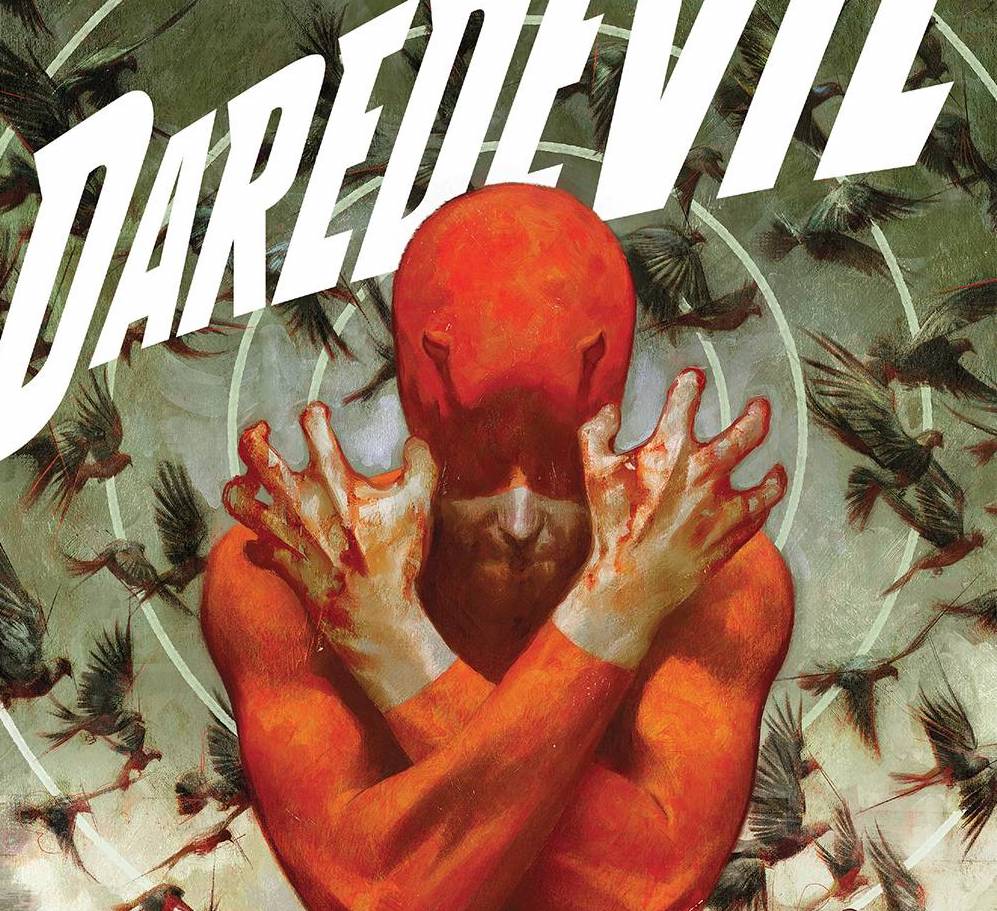
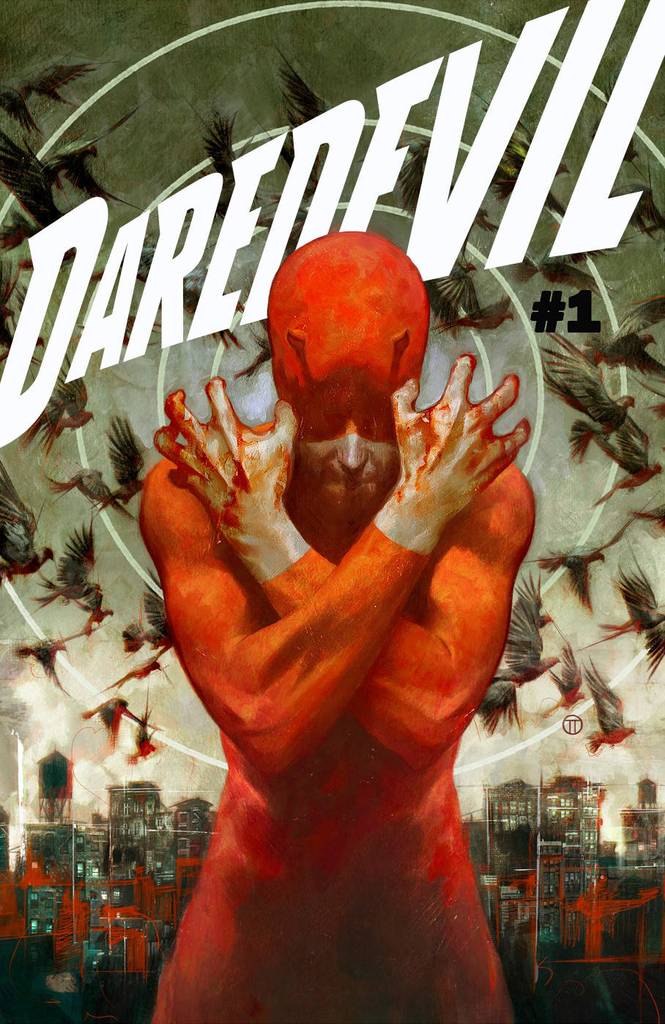 Daredevil #1
Daredevil #1
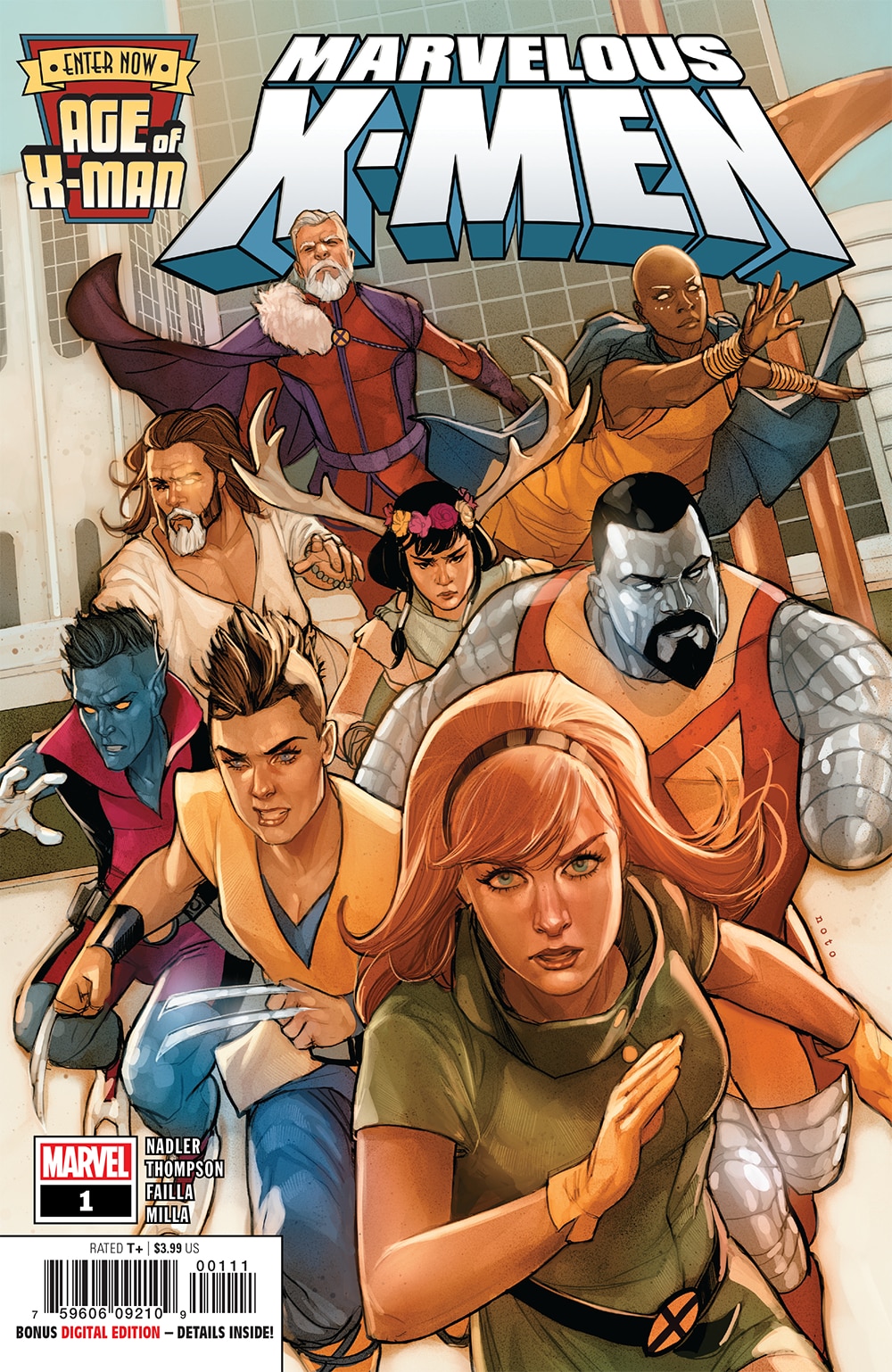 Age of X-Man: The Marvelous X-Men #1
Age of X-Man: The Marvelous X-Men #1
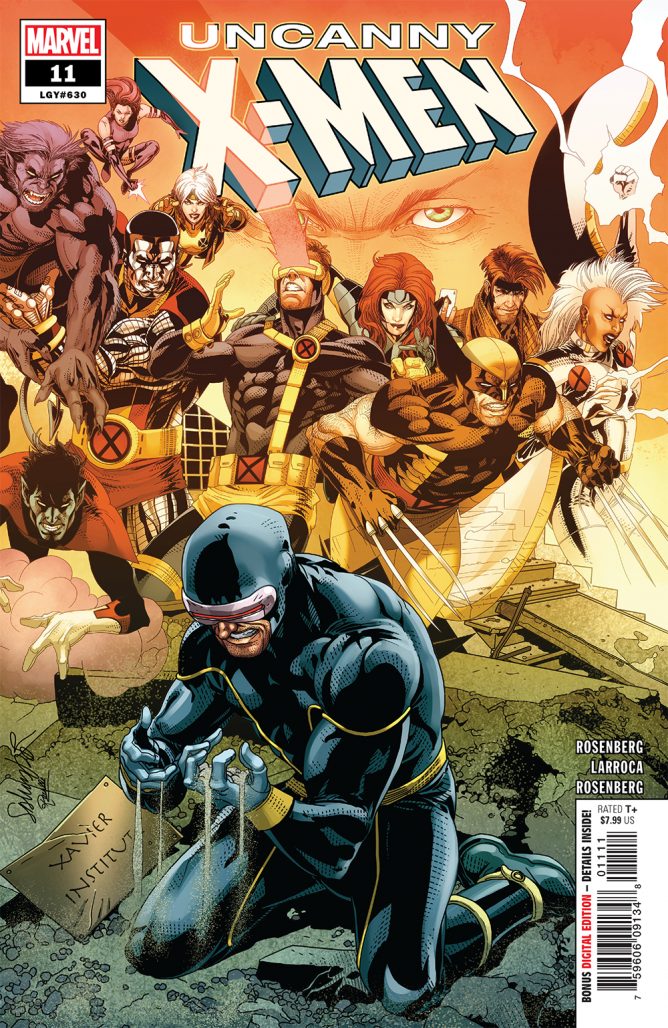 Uncanny X-Men #11
Uncanny X-Men #11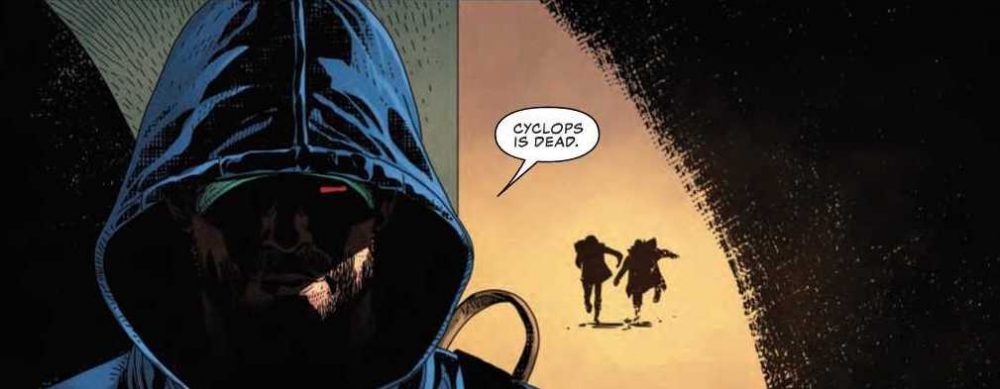
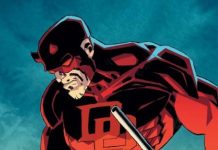




I love the new Daredevil. A solid, good old fashioned comic book.
Comments are closed.